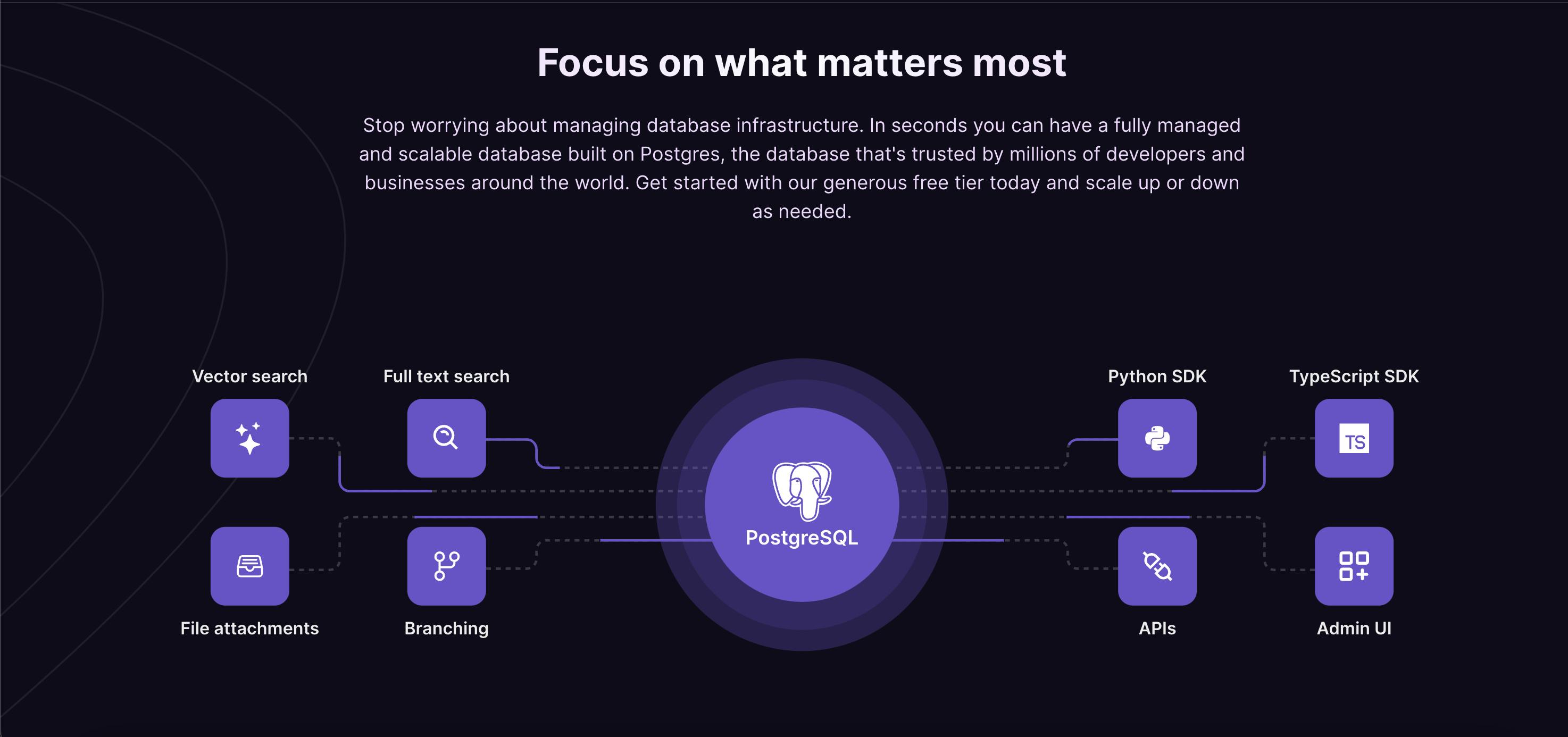By Itay Braun, CTO, Metis
Introduction - So many Postgres as a Service
In the ever-evolving landscape of managing databases, PostgreSQL as a service has become a game-changer. Businesses are increasingly recognizing the benefits of relying on external services to handle their PostgreSQL databases. In this blog post, our spotlight is on existing PostgreSQL as a service options and guiding you on selecting the optimal one tailored to meet your specific needs. Let's dive into the considerations that will empower you to make an informed choice for an enhanced database management experience.
Choosing the Right PGaaS Vendor
Selecting the perfect PostgreSQL as a service vendor is a critical decision for businesses. This blog post will guide you through three essential considerations.
Reliability: Assess the vendor's track record for uptime, data recovery, and overall system stability. A reliable service ensures uninterrupted access to your PostgreSQL database.
Pricing: Evaluate different vendors' pricing models based on your budget and growth projections. Choose a structure that aligns with your financial considerations and scalability needs.
Extensions and Additional Services: Explore the range of extensions and services each vendor offers, ensuring they cater to your specific requirements. Opt for a vendor that supports PostgreSQL's extensibility and enhances your database's functionality.
Data Branching: Assess the vendor's capabilities in managing branches of your data. This feature is crucial for development and testing purposes, enabling seamless experimentation without affecting the production environment.
Read-Only Replica: Check if the vendor allows the creation of read-only replicas. Having read-only replicas enhances your database's scalability and performance by distributing read queries across multiple nodes, improving response times and user experience.
Main Cloud Vendors
I'm sure you are all familiar with the RDS (Relational Data Services) of the 3 main cloud vendors. The main goal of this article is to list the main providers of PGaaS:
AWS Aurora for PostgreSQL
Azure DB for PostgreSQL is the serverless option. The differences between RDS and Aurora are not covered here.
Azure also offers a distributed PG (Citus). They keep changing its name. The current name is Azure Cosmos DB for PostgreSQL
Google Cloud also offers AlloyDB, A fully managed PostgreSQL-compatible database service for the most demanding enterprise workloads. It is an interesting solution for both OLTP and OLAP tasks.
Other PGaaS vendors
Last Update: Apr 3rd 2024
Aiven
BigAnimal
CoreDB
CrunchyData
Digital Ocean
Neon
pgEdge
Render
Stackgres
Supabase
Tembo
TimeScale
Xata
Aiven
Aiven for PostgreSQL is a fully managed and hosted PostgreSQL with high performance and all the extensions you want out of the box.
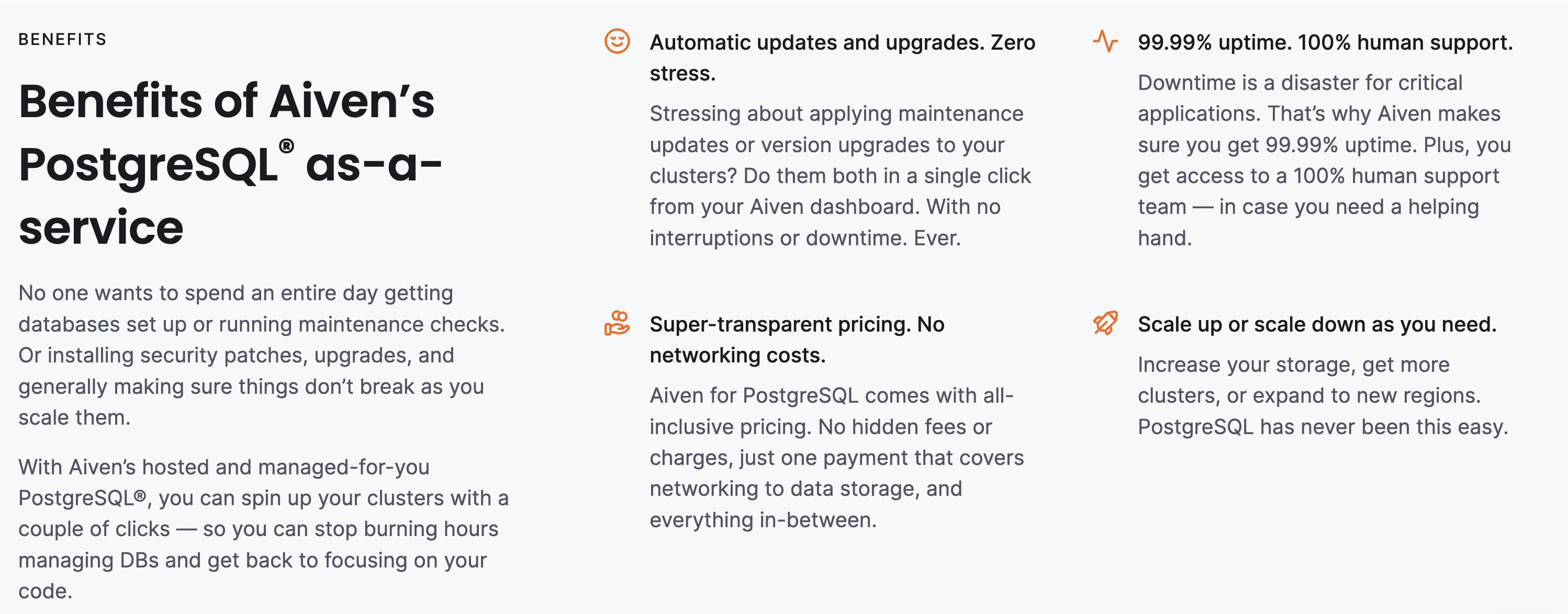
BigAnimal
Fully managed Postgres by one of the major contributors to Postgres.
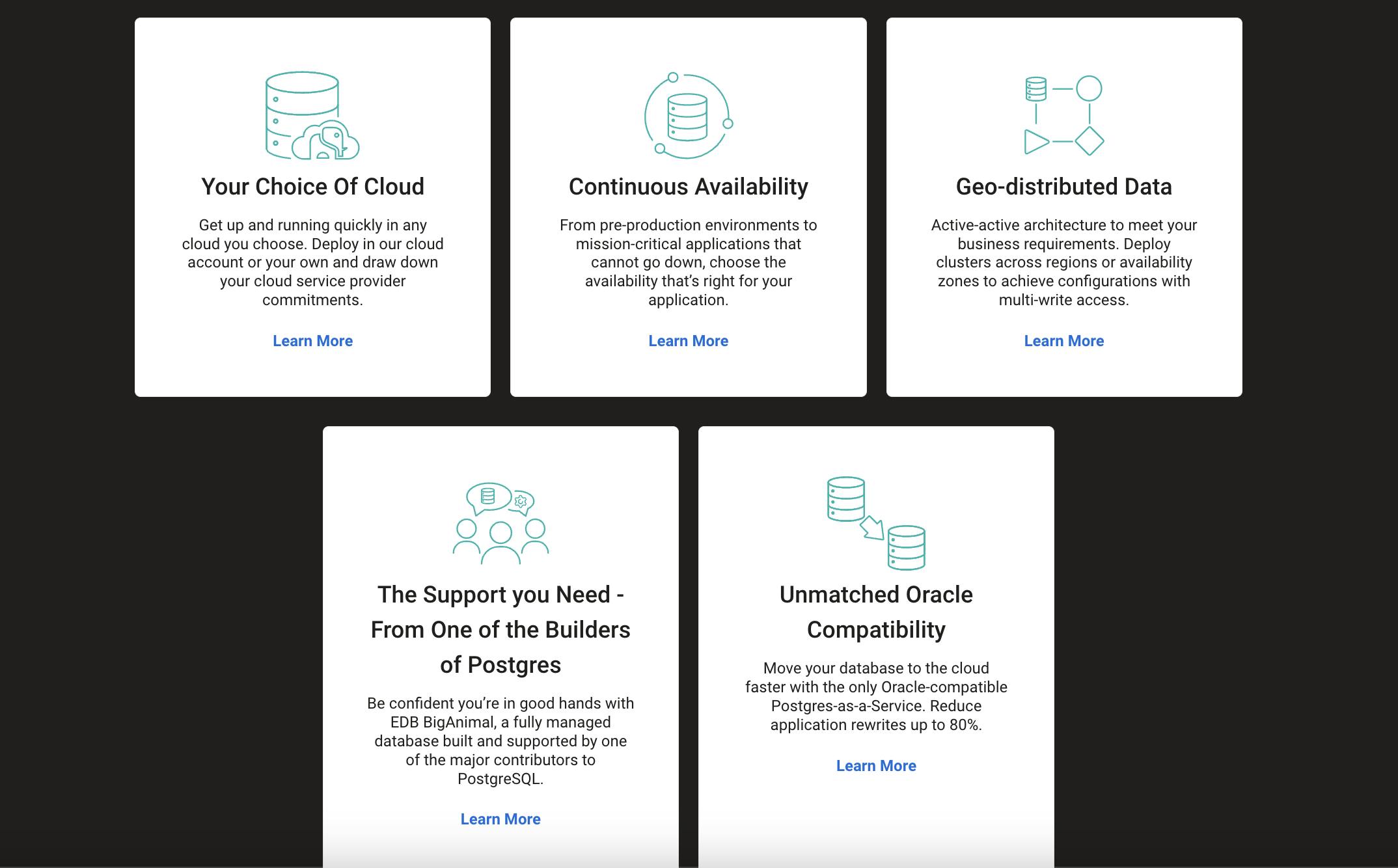
DBOS
DBOS is a simpler, more secure way to build fault-tolerant cloud applications, powered by the revolutionary cloud-native DBOS operating system.
Neon
Neon is a fully managed multi-cloud Postgres with a generous free tier. It separates storage and compute to offer autoscaling, branching, and bottomless storage.

StackGres
StackGres is a Kubernetes Operator for Postgres. You can create production-ready Postgres clusters in seconds. It offers many extensions, high availability, and connection pooling.
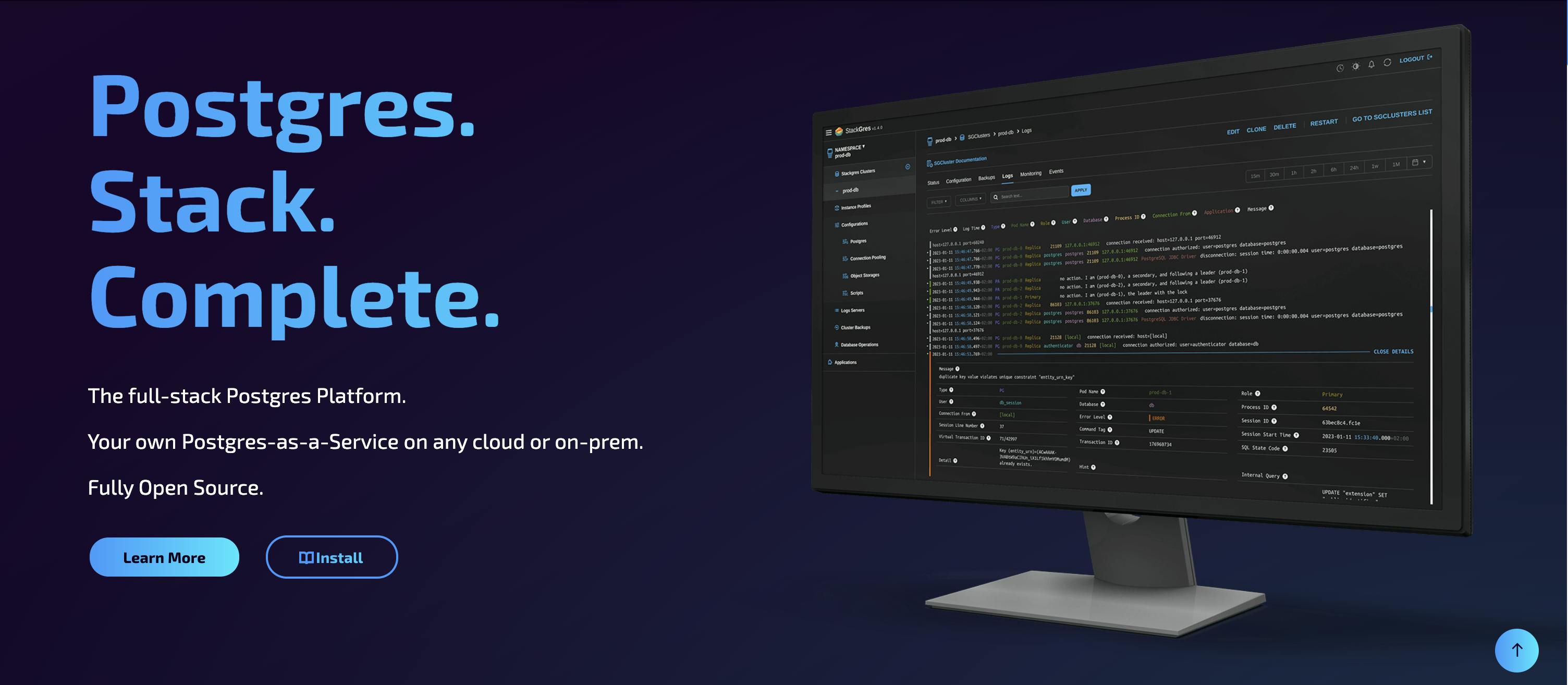
CrunchData
CruncyData: A full service scripted solution for deploying Production PostgreSQL including backups, high availability, monitoring, disaster recovery, connection scaling, and more from the experts at Crunchy Data.
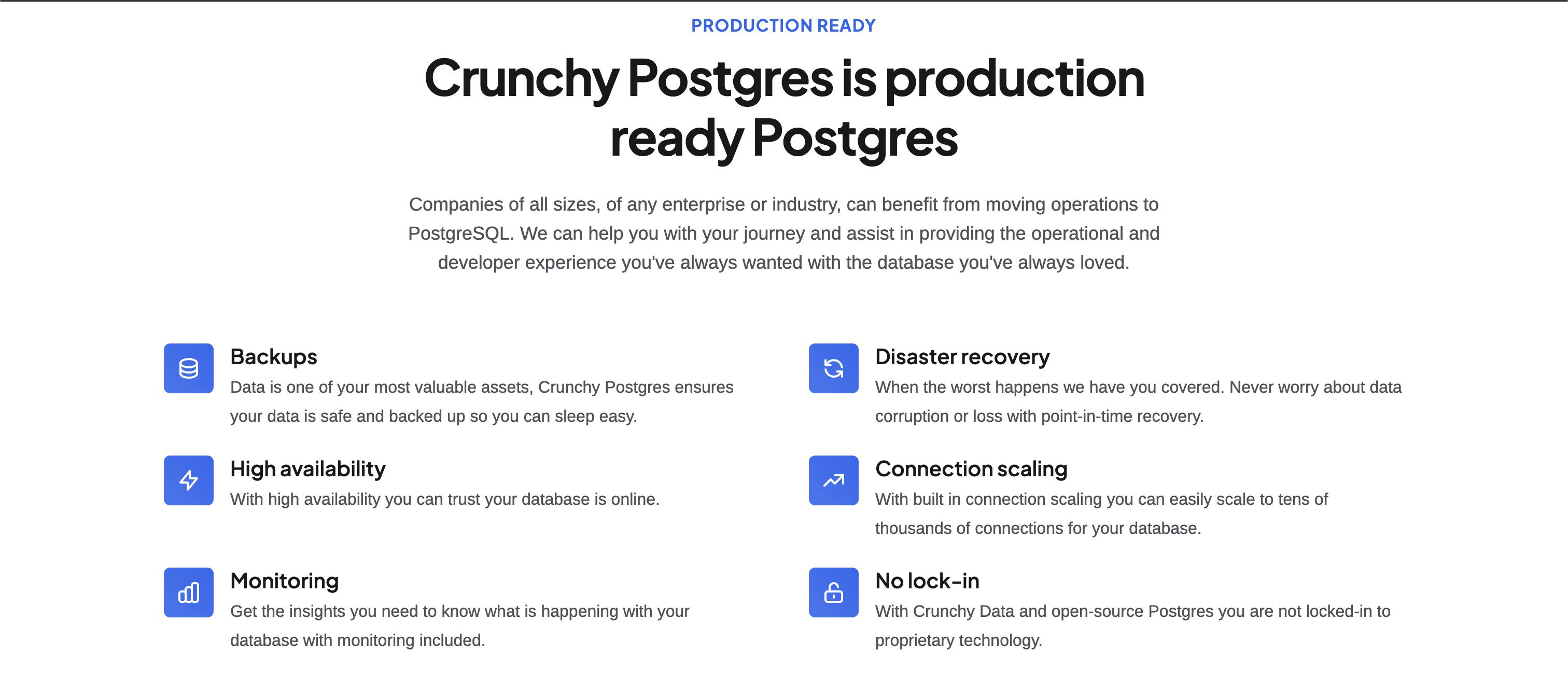
pgEdge

pgEdge is fully distributed PostgreSQL DB, optimized for the network edge and deployable across multiple cloud regions or data centers. A true multi-master (active-active) distributed database system allowing read and write operations at any node on the network. It seems almost magical, but means greatly reduced data latency, better customer experiences, ultra high availability, and addressing data residency. Typically without any code changes.
High availability: 3 node multi-master (active-active) Postgres cluster handles read and write traffic with built-in conflict resolution.
Low latency: Users are connected to the nearest database node through automatic geo-proximity routing.
Rapid deployment: One-click provisioning of a secure private network and global cluster across US, Europe and Asia.
Edge integration: Works seamlessly with Cloudflare workers and other edge platforms
Render
Render helps you to build, deploy, and scale your apps with unparalleled ease – from your first user to your billionth. It is a modern Heroku. Render offers a manager PostgreSQL.
Supabase
Supabase is an open-source Firebase alternative. Start your project with a Postgres database, Authentication, instant APIs, Edge Functions, Realtime subscriptions, Storage, and Vector embeddings.
It is a great solution to start a PG DB quickly but not sure If this is the best solution for high-scale, enterprise-ready apps.
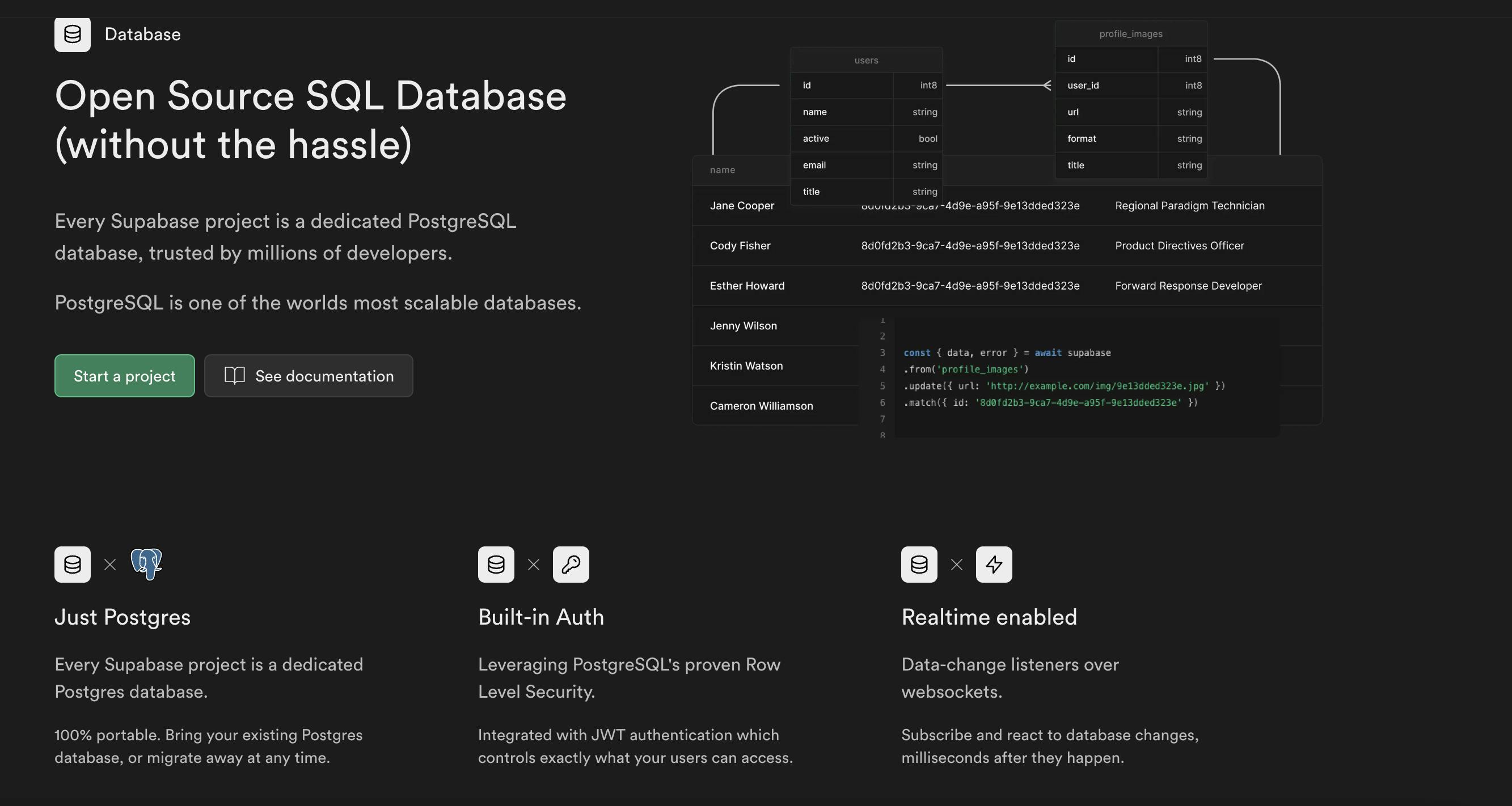
CoreDB
CoreDB. This is a new player

Tembo.io
The team at Tembo is building Tembo Cloud, a dev-first, fully-extensible, fully-managed, secure, and scalable Postgres service. The managed service will provide a growing ecosystem of easily-installed extensions, allowing you to expand the capabilities of your database.

TimeScale
A PostgreSQL cloud platform engineered for your most demanding data needs. Built for scale, speed, and savings. It is the "classic" PostgreSQL powered by time series. If you don't need time series calculations, then probably other solutions listed here would be cheaper.
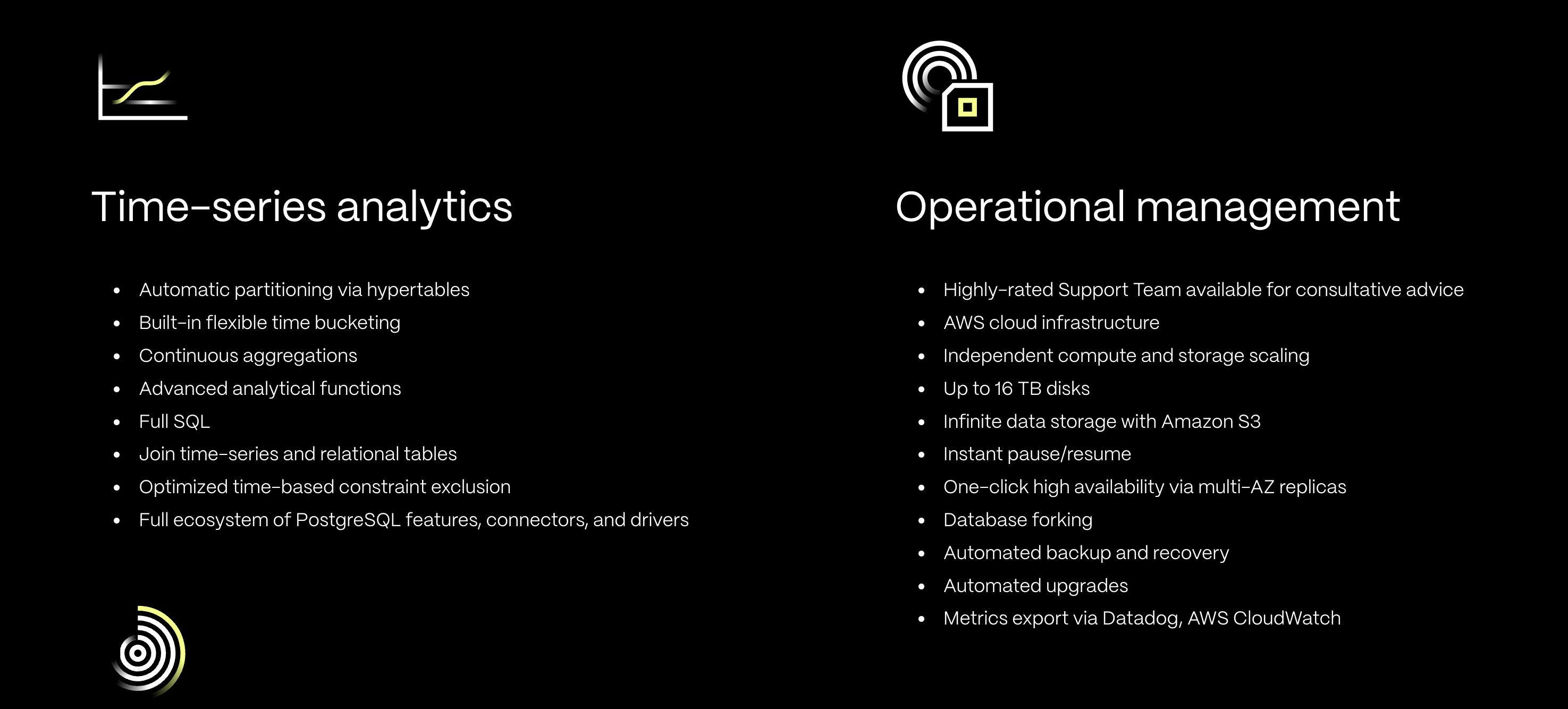
Xata
